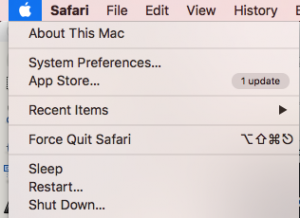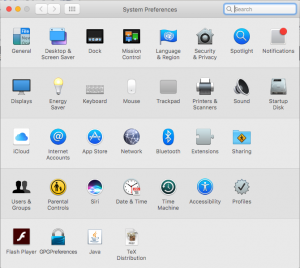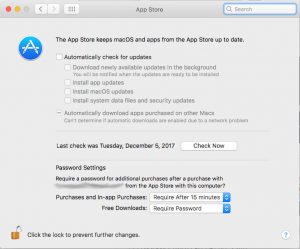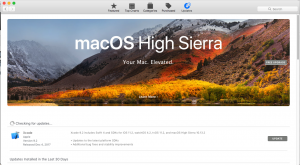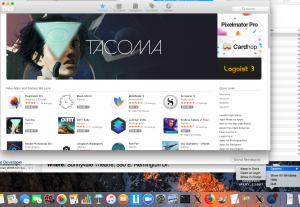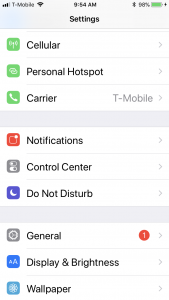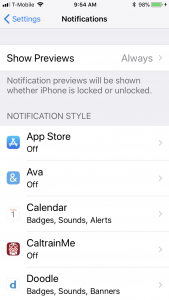
May 2018 be a good year and a much better year for everyone!!!
Some thoughts on how to make 2018 a better year than 2017
Don’t let your smartphone, social media, or 24/7 cable news rule your life and cloud your judgment. Turn off all but absolutely essential notifications on your smartphone. Remove frivolous social media apps such as Facebook, Twitter, and LinkedIn from your smartphone. Unsubscribe from mailing lists. Turn off all but absolutely essential email notifications from your social media and other accounts — generally only bills and receipts. If you have to use Facebook to keep in touch with family and friends, install Social Fixer or a similar tool to filter out distracting political or other posts. Set aside quiet time away from the Internet and other distractions to clear your mind, both to relax and to think deeply about the important issues in your life.
Anger rarely leads to good decisions. Note that I said “rarely” not “never.” When angry, calm down, take a walk, get some other exercise, talk the issues over with a friend or colleague that you can trust, gather more information, listen to all sides. Then decide. Anger and outrage sell. They get clicks, eyeballs, advertising revenues on social media. The algorithms used by social media are rapidly increasing their ability to find our hot buttons and get us mad — because anger makes money. Be an informed consumer and citizen and don’t buy the anger for sale!
Learn from your mistakes and bury them. I have a lot of trouble with the “bury” part. Nonetheless, when we make a mistake or something goes wrong in our life through no fault of our own, we need both to learn from what happened and to move on with our life. Let the past go.
Expect the unexpected. Surprises happen. Be prepared if you can. Set aside money for a rainy day if you can. When surprised, recognize that you have been surprised, gather more information if possible, and take appropriate action. You may have to make a major change in direction in life. In some cases you may have to give up on what you are doing. There is a lot of stigma associated with giving up. Nonetheless, sometimes that is the correct response to a surprise.
Sometimes the problem is other people. Most people are not monsters. Most people are not saints either. The world is often not black and white. There are shades of gray. It is important not to jump to the conclusion that other people are evil, insane, or irretrievably stupid just because they disagree with us or oppose us. Listen. Try to put yourself in the other person’s shoes. Consider your own faults and improve yourself. You may even discover on careful consideration that you are wrong and they are right. But… some people are monsters. There are crazy people. There is evil in the world. Sometimes the problem is the other person or people and won’t respond to these wholesome appealing methods, much beloved of self-help books and gurus.
(C) 2017 John F. McGowan, Ph.D.
John F. McGowan, Ph.D. solves problems using mathematics and mathematical software, including developing gesture recognition for touch devices, video compression and speech recognition technologies. He has extensive experience developing software in C, C++, MATLAB, Python, Visual Basic and many other programming languages. He has been a Visiting Scholar at HP Labs developing computer vision algorithms and software for mobile devices. He has worked as a contractor at NASA Ames Research Center involved in the research and development of image and video processing algorithms and technology. He has published articles on the origin and evolution of life, the exploration of Mars (anticipating the discovery of methane on Mars), and cheap access to space. He has a Ph.D. in physics from the University of Illinois at Urbana-Champaign and a B.S. in physics from the California Institute of Technology (Caltech).






